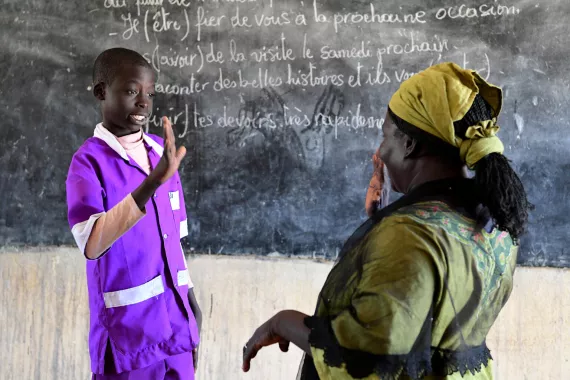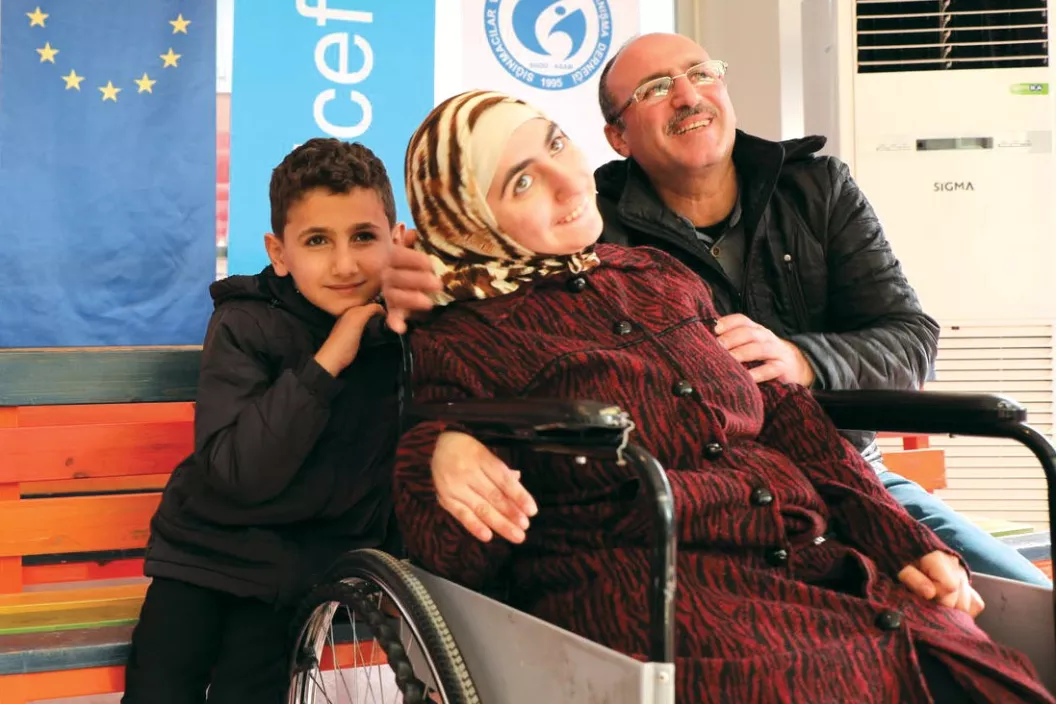This Toolkit on Accessibility: "Tools to apply universal design across premises and programs and promote access" was developed to support UNICEF programmes and operations to become more accessible for all and facilitate better dialogue with partners, including OPDs on accessible construction.

Target Audience
While this toolkit is primary for UNICEF employees involved in constructions, operations focal points, programme colleagues in charge of construction, this toolkit can also be useful for UNICEF partners, Organizations of person with disabilities and other stakeholders.
It could also contribute to the implementation of UN Disability Inclusion Strategy and contribute to achieving and exceeding most of the indicators as lack of physical accessibility is one of the barriers to inclusion and specifically on Indicators 6 on accessibility, 6.1 accessibility of conferences and events and indicator 5 on working with persons with disabilities. The toolkit will help to report on UNICEF UNCT score cards and build capacity of implementing partners on accessibility.
About the Toolkit
- Ways to advocate for accessibility and address common objections and misconceptions
- Accessibility issues in programme related activities and managing accessibility activities at the programme level
- Taking accessibility into account in emergencies and disaster preparedness
- Support for managing accessibility improvements in UNICEF offices around the world
- How to conduct an accessibility assessment regardless of the circumstances
- Tips for organizing accessible events
- 17 checklists to support accessibility assessments
- A toolbox of useful documents and examples for accessibility activities and a glossary of terms
